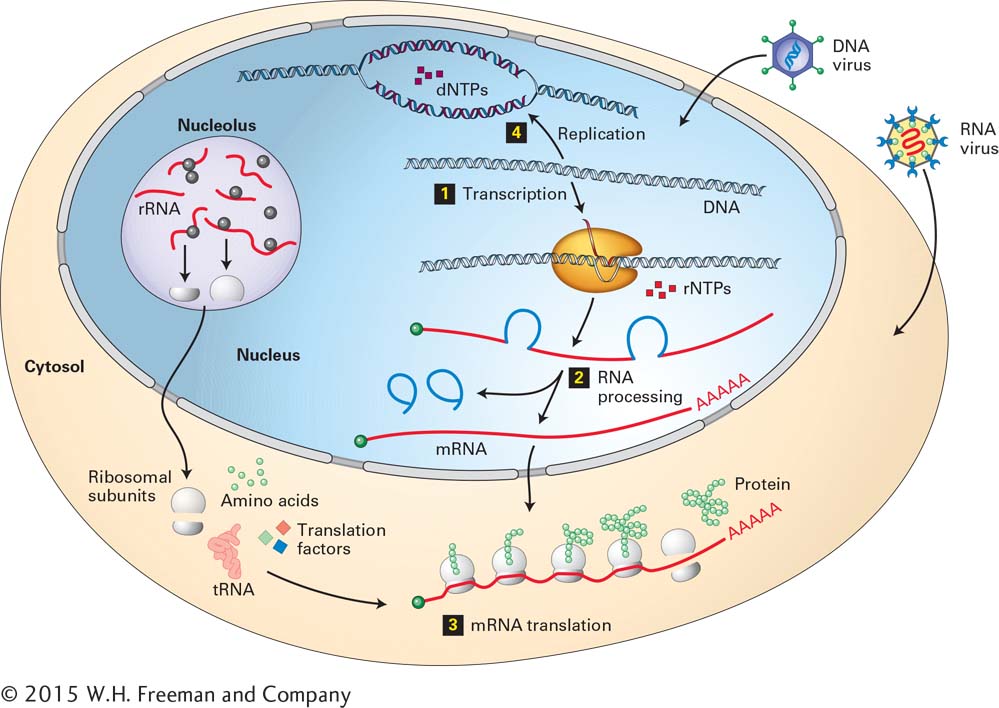
FIGURE 5- t- n- r- e- e- r- 0–